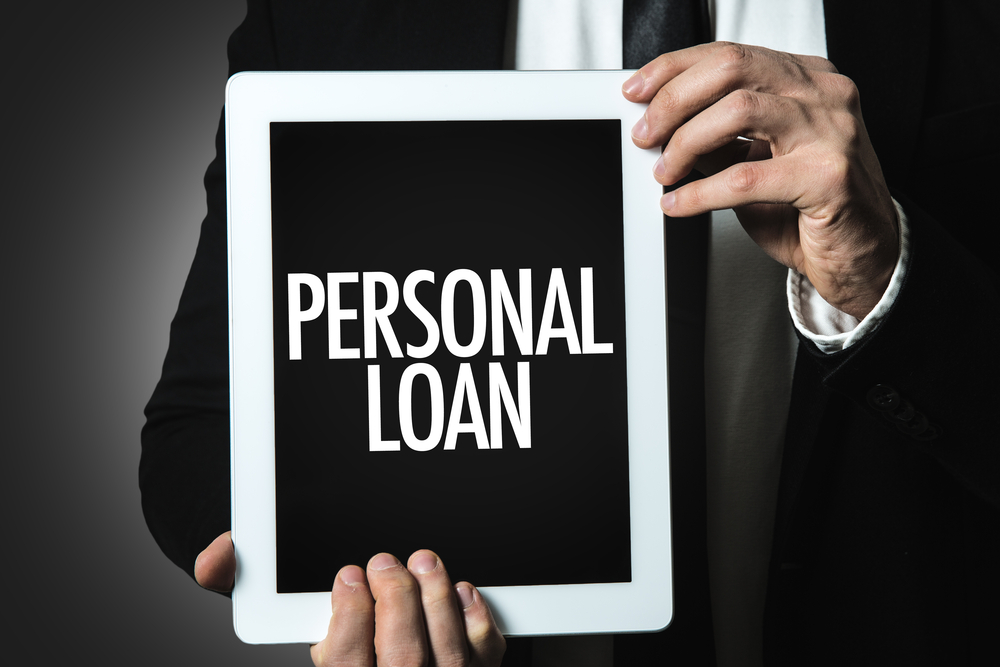Understanding the Impact of Interest Rates on Home Loans for First-Time Purchasers
Browsing the labyrinth of home financings can be daunting for first-time purchasers, particularly when passion prices play a pivotal role in shaping their financial journey. The choice between adjustable-rate and set mortgages carries significant consequences, impacting month-to-month budgets and long-term financial security. As passion prices fluctuate with economic shifts, recognizing their resolution comes to be crucial.
Exactly How Rates Of Interest Are Established
Passion rates on home lendings are figured out by a complicated interplay of economic variables and plans. The main chauffeur is the financial policy set by main banks, such as the Federal Get in the United States, which readjusts the federal funds price to influence financial activity. When the main financial institution raises this price, obtaining ends up being more pricey, usually causing increased home funding interest prices. On the other hand, lowering the government funds rate can make loaning cheaper, possibly reducing home loan prices.
An additional influential variable is rising cost of living. Higher inflation commonly results in greater rate of interest as loan providers require even more go back to offset the lowering buying power of future payments. Financial development additionally plays an important duty; in durations of robust economic performance, demand for credit history rises, which can increase passion prices.
Furthermore, the bond market substantially influences home mortgage prices. Long-term passion prices, consisting of those for home finances, are closely connected to yields on government bonds. As bond yields increase, so do home loan rates, reflecting the raised expense of lasting loaning.

Types of Rates Of Interest
Comprehending the numerous types of rate of interest prices is important to comprehending how home financings function. A fixed rate of interest price continues to be constant throughout the term of the financing.
In contrast, a variable rate of interest price, also referred to as a flexible price, fluctuates in time, normally in feedback to modifications in a defined standard or index. These prices often start lower than repaired prices, which can be appealing to novice buyers. They require the threat of increasing over time, potentially resulting in higher total costs if market rates rise. pre approval student loans.
Additionally, some lenders offer hybrid rates of interest, combining components of both taken care of and variable rates. For circumstances, an initial duration with a fixed price may be adhered to by a variable price. Comprehending these distinctions is important for customers to make informed choices that align with their financial circumstances and run the risk of tolerance, as each kind offers distinct advantages and possible downsides.

Influence On Monthly Settlements
Regular monthly settlements on mortgage are straight influenced by the kind of interest price chosen, which can substantially affect a debtor's financial preparation. Fixed-rate mortgages use security, as the rate of interest price remains the same over the car loan's term, ensuring that regular monthly repayments remain continuous. This predictability help in spending plan preparation, offering a clear financial picture over the loan's duration. On the other hand, variable-rate mortgages (ARMs) initially present reduced passion prices, which can result in smaller preliminary settlements. These prices are subject to fluctuations based on market conditions after the initial fixed duration, possibly boosting month-to-month commitments.
The choice between a fixed-rate and an adjustable-rate mortgage can have immediate repercussions on a buyer's month-to-month budget plan. Fixed-rate financings protect against market volatility, supplying satisfaction yet commonly at a higher initial price compared to ARMs. For consumers intending to remain in their homes long-lasting, this can be beneficial. On the other hand, ARMs could suit customers anticipating revenue development or those planning to market before the rate change happens, allowing them to profit from reduced repayments initially. Ultimately, comprehending these dynamics is essential for new purchasers to handle their regular monthly repayments properly and align them with their monetary strategies.
Lasting Financial Ramifications
The option of rate of interest rate type for a home loan extends past prompt month-to-month repayments, bring significant long-term monetary ramifications. A fixed-rate home loan, for example, offers security by locking in interest prices for the period of the car loan term, securing customers from future rate rises.
On the other hand, a variable-rate mortgage (ARM) usually starts with a reduced passion rate, which can result in reduced initial settlements. Gradually, however, the price can rise and fall based on market conditions, possibly resulting in higher payments. This irregularity introduces a component of uncertainty, which could affect financial security if rates raise considerably.

Techniques for Handling Rates
Browsing rate of interest rates on mortgage calls for critical preparation to enhance financial results. Novice property buyers ought to think about locking in rate of interest when they are favorable, as this can secure them from potential price walks prior to their lending closing. Rate locks usually last between 30 to 60 days and offer a measure of assurance in a frequently unpredictable market. Furthermore, purchasers could discover price cut factors, which entail paying an in advance charge to safeguard a reduced rate of interest. This can bring about substantial cost savings over the financing's lifespan, particularly if the purchaser plans to remain in the home lasting.
One more approach entails choosing the ideal financing kind. Fixed-rate home loans use security, shielding consumers from webpage future rate increases, while variable-rate mortgages (ARMs) might supply lower first prices with the risk of future modifications. When picking in between these alternatives., customers ought to very carefully examine their economic circumstance and threat tolerance.
Lastly, preserving a strong credit report profile is critical. A greater credit scores rating can considerably enhance arrangement power for a lot more beneficial passion rates. Frequently reviewing credit click for info rating reports, dealing with mistakes, and reducing impressive debt can boost overall creditworthiness, thereby positioning customers to safeguard one of the most beneficial prices available.
Conclusion
A thorough understanding of rate of interest rates on home finances is crucial for newbie customers to make educated decisions. Strategic monitoring of passion prices can significantly affect homeownership success and financial health.
When the main financial institution raises this price, borrowing ends up being extra expensive, typically leading to enhanced home financing interest rates.In comparison, a variable rate of interest rate, also known as a flexible rate, varies over time, normally in action to modifications in a defined standard or index.Additionally, some lenders use hybrid interest prices, integrating elements of both repaired and variable prices - pre approval student loans. A fixed-rate home mortgage, for example, uses stability by securing in passion prices for the duration of the lending term, safeguarding customers from future price rises. First-time property buyers should consider securing in passion rates when they are desirable, as this can secure them from prospective price hikes before their lending closing
 Barret Oliver Then & Now!
Barret Oliver Then & Now! Mason Gamble Then & Now!
Mason Gamble Then & Now! Shannon Elizabeth Then & Now!
Shannon Elizabeth Then & Now! Katey Sagal Then & Now!
Katey Sagal Then & Now! Sarah Michelle Gellar Then & Now!
Sarah Michelle Gellar Then & Now!